It is 10 years since non-verbal artist Bernadette Wall’s beloved friend, Clive Coady, died, but she still draws him nearly every day.
In one picture, he might be gardening, in another dancing, or sometimes she indicates that “it’s just Clive”. She loves to surround him with intricate patterns of flowers, sunshine and stars to celebrate his memory and the joy they shared together, having met as fellow users of St John of God services for people with learning disabilities in south Co Dublin.
“It was just amazing how they communicated with each other,” recalls Clive’s twin sister, Joan Nichol. “It was written on their faces how much they adored each other.” Clive died of cancer in February 2013, just one month short of what would have been his 60th birthday.
Bernadette (64), fondly known as Ber, is an “outsider artist” – a term used to describe one who is self-taught and whose work has a naive quality. Artist Eithne Griffin saw Ber’s talent when she led art sessions at Willowvale Active Retirement Day Centre for people with intellectual disabilities in Ballybrack. She also recognised that Ber uses art to cope with the loss of a beautiful friendship, taking every opportunity to sit down with art paper and coloured pencils, in the soft pastel hues she favours, to draw Clive in different guises.
RM Block
This creative channelling of personal grief is about to become a public work of art, through the Arts and Creative Engagement programme of the Irish Hospice Foundation (IHF). Griffin successfully applied for a seed grant from this programme to assist Ber in the creation of something that represents the hundreds of her drawings that have accumulated in boxes over the years.
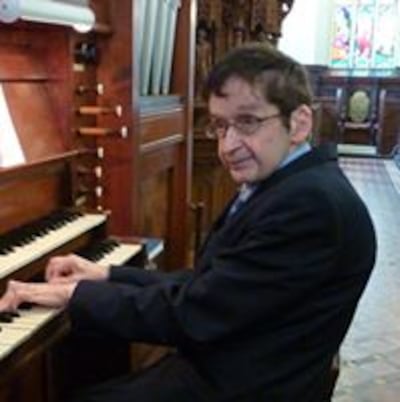
The resulting collaboration with a graphic artist will be A Wall to Clive, a giant billboard poster featuring a mosaic of a sample of Ber’s drawings, due to be displayed in Dalkey village from May 26th until June 5th. Wording Ber has chosen to incorporate as part of her memorial for Clive reads: “Surround your loved ones with stars and happiness, for they are in a place of peace.”
Ber’s sister, Rita Wall, says: “She has never forgotten him. She just started drawing and painting and she talks about him most days.” She says prayers for him every evening and believes he is watching down, looking out for her, minding her. “She feels very close to him still.”
You don’t fix grief; you don’t fix bereavement. What happens is you live with it. The arts is a way of helping people live with it
Applications for the IHF’s seed grants have proven to be “an extraordinary audit of what people want to mark, discuss or explore in the area of death, loss and grief”, says arts and creative engagement officer Dominic Campbell. He joined the IHF in late 2020 to develop its arts policy with the support of Creative Ireland, a government-funded culture and wellbeing programme.
The IHF had always been involved in arts projects but the introduction of annual rounds of seed funding was partly a response to the Covid-19 pandemic. “You could see people reaching for creativity when opportunities to go through normal rituals of grieving were fractured,” he says. Using art to process grief may not be therapeutic with a capital T, but he has no doubt that it can help the bereaved carry on with their lives.
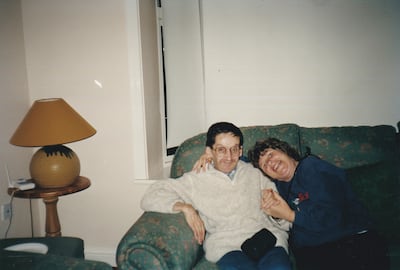
Our healthcare system focuses on fixing things, he says, but “you don’t fix grief; you don’t fix bereavement. What happens is you live with it. The arts is a way of helping people live with it. In some ways people are making a thing that is informed by their grief and, when they are looking at that thing, they are moving around it.”
The finished art, in whatever form it takes, can in turn be used to stimulate conversations among others experiencing bereavement. People may not be able to talk directly about the loss of a loved one but “discussing a book or film dealing with relevant emotions can become a way of talking about the challenging thing”, says Campbell.
Ber and Clive met at a dance in Dunmore House, Glenageary, which is part of the St John of God services. “They just hit it off,” says Rita. “They liked dancing together and they always joined up at any social occasions after that.
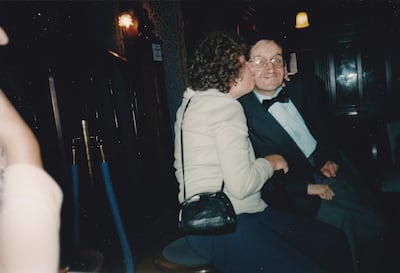
“He was in a house for men and she was in a house for women. He’d go down for cup a tea to her and she’d go up to him – the staff always facilitated it.” Members of both families always welcomed the pair into their homes too.
Clive, a slight but dapper man who was very particular about what he wore, liked nothing better than to play music to entertain people. He always brought a synthesiser along to social gatherings and Ber would drum alongside him. He played by ear, having been brought up in the tradition of church music at their family home in the shadow of Christ Church Cathedral, where his father, Joe Coady, was verger for 60 years.
The family’s parish church, now closed, was St Luke’s in the Coombe, says Joan, who remembers that whenever they sang a new hymn there, Clive would go home and play the tune on the piano. “He went into his own world with the music; he could pick up anything.” In later years, he attended St Paul’s in Glenageary, where he loved to hop up on the organ bench and play after the end of Sunday morning service.
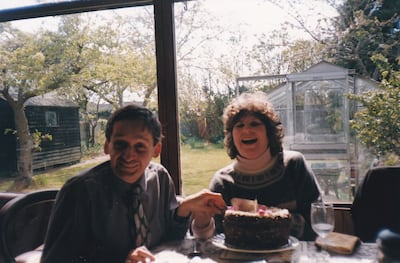
Growing up at a time when special needs were recognised but not labelled, and educational opportunities were limited, both Clive and Ber experienced prolonged separation from their families in early childhood. As a small and sickly child, Clive spent more time in hospital than he did at home with his parents and three sisters, says Joan. He was 13 before his health improved greatly after heart surgery, when it was discovered he had two holes in his heart.
When Ber’s father, a bank manager, was transferred to a branch in the North, he and his wife were advised to send her to a boarding school for the deaf in Cabra at about the age of six. She wasn’t deaf but couldn’t speak and Rita reflects on how traumatic it must have been for her to be away from her parents and four siblings.
After the family returned to Dublin and took Ber home, they struggled to find appropriate day services. It was one of the reasons they later moved to Glenageary, where she has been in the care of St John of God services for more than 30 years. They constantly worried about what would happen to her after they died, says Rita, “but as it turned out, she is having a great life. They would be amazed.”
She’s happy drawing him and he’s happy in the pictures. It reflects the impact of a friendship in a life
Naturally, Ber was very upset when Clive became ill and Rita, who believes he knew he was dying, recalls how he invited them to visit shortly before his death.
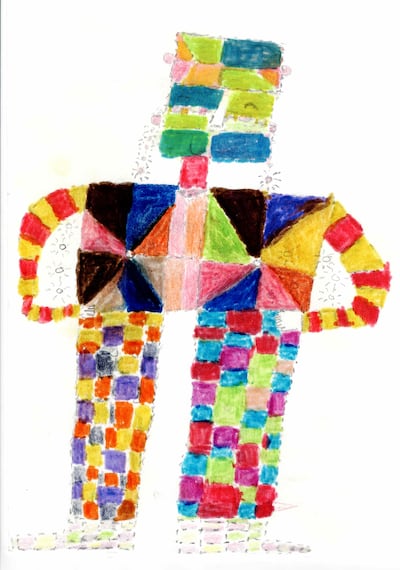
“He gave her a lovely teddy that he had ready for her. I think it was the most amazing thing. He was lying in the bed and got up out of the bed, found it and gave it to her. He was a lovely, lovely man.”
It is a treasured keepsake for Ber who has attached a photo of Clive to it. “She was very proud of him as a person. She thought he was very talented and introduced him as a special friend.”
This IHF-funded art project celebrating Clive’s memory and her talent is a great boost, not only to Ber but the extended families. While some people were concerned Ber was stuck in her grief and tried to persuade her to “move on” and draw something different, says Rita, “she’s happy drawing him and he’s happy in the pictures. It reflects the impact of a friendship in a life.”
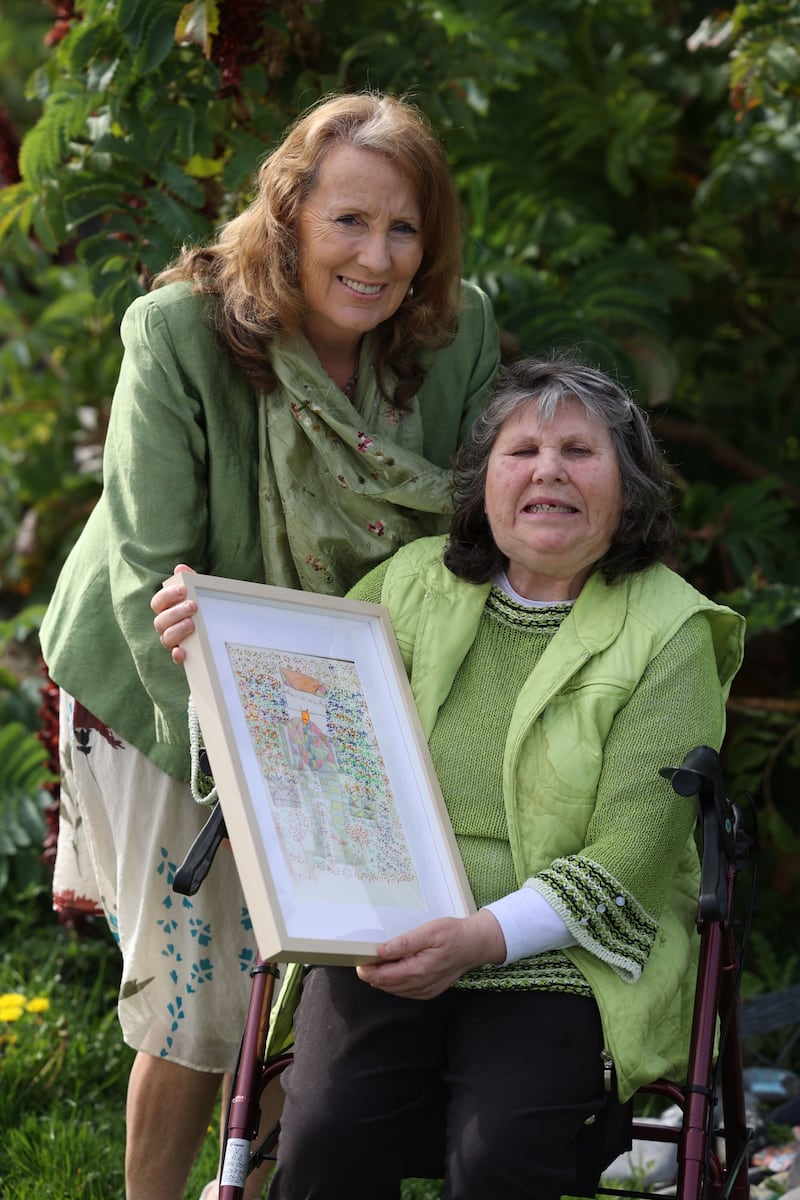
The intensity of Ber’s enduring memory of Clive was what struck Joan when she was contacted about the project out of the blue a couple of months ago. “That he was still there in her heart 10 years later. It really is a very moving love story.”



















